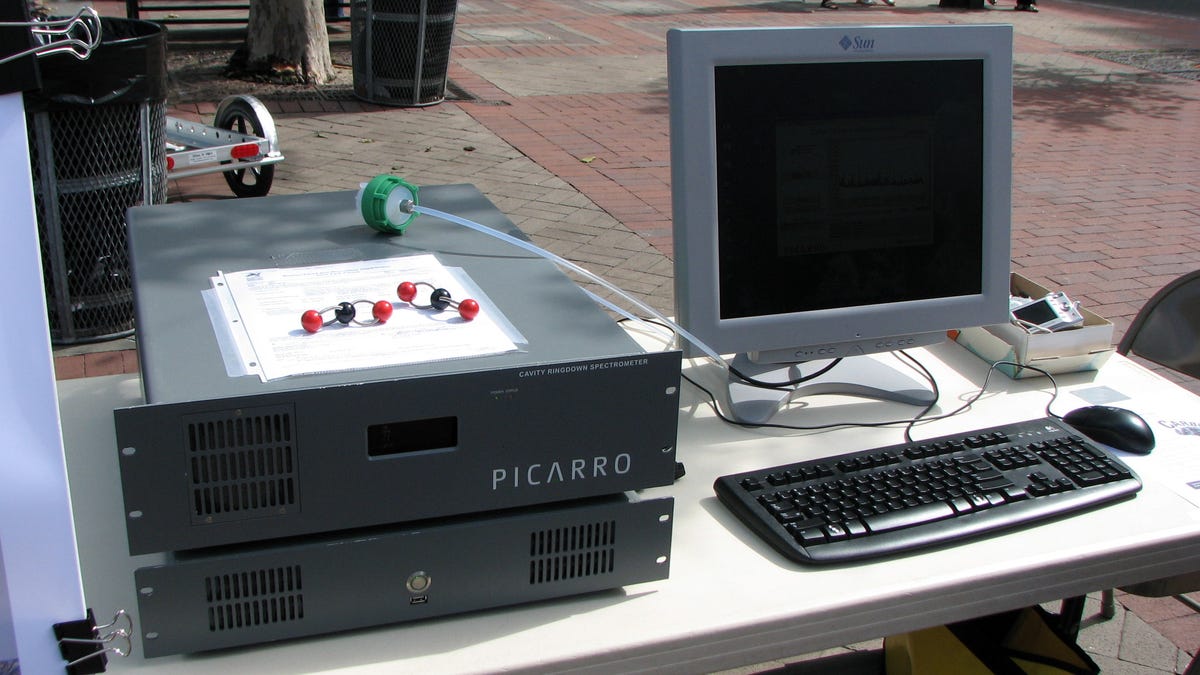Sensor network to collect and crunch greenhouse gas data
Earth Networks collaborates with Scripps Institute of Oceanography on $25 million project to "take the pulse of the planet" by gathering local data on carbon dioxide and methane emissions.

Having tracked traditional weather data for years, Earth Networks is taking on greenhouse gases.
Formerly named AWS Convergence Technologies and operators of the Weather Bug Web application, Earth Networks said today it will invest $25 million over five years to equip about 100 locations worldwide with sensors to measure the concentration of greenhouse gases in the atmosphere, including carbon dioxide and methane.
The company will collaborate with the Scripps Institute for Oceanography in La Jolla, California to gather and analyze the data and combine it with weather-related data. Earth Networks CEO Robert Marshall and Scripps director Dr. Tony Haymet are scheduled to hold a press conference (which will be webcast) to announce the the Earth Networks Center for Climate Research at Scripps Oceanography later today.
The network of sensors will gather more accurate information on the dynamics of greenhouse gases in local areas and measure changes over time. Fifty sensors will be placed in places, such as weather towers in the U.S, and another 50 in Europe and other areas.
"The network being established by Earth Networks will enable Scripps to collect increasing amounts of data from around the U.S. and the world that will enable us to further refine our scientific studies on where greenhouse gases originate, how they circulate around our atmosphere, and how they move from one area to another," Haymet said in a statement.
Right now, there a few dozen continuous greenhouse gas monitoring stations, which limits the usefulness of the information, Marshall said in a statement. Earth Networks plans to sell the data to researchers, policymakers, and people in the energy industry and media industries. The company can also provide verification of greenhouse gas levels and whether countries are meeting commitments to lower emissions.
The project will use a greenhouse gas monitoring equipment from Picarro.
Earth Networks said that it intends to make the data from the sensor network available on its consumer and professional WeatherBug applications to inform the public.

